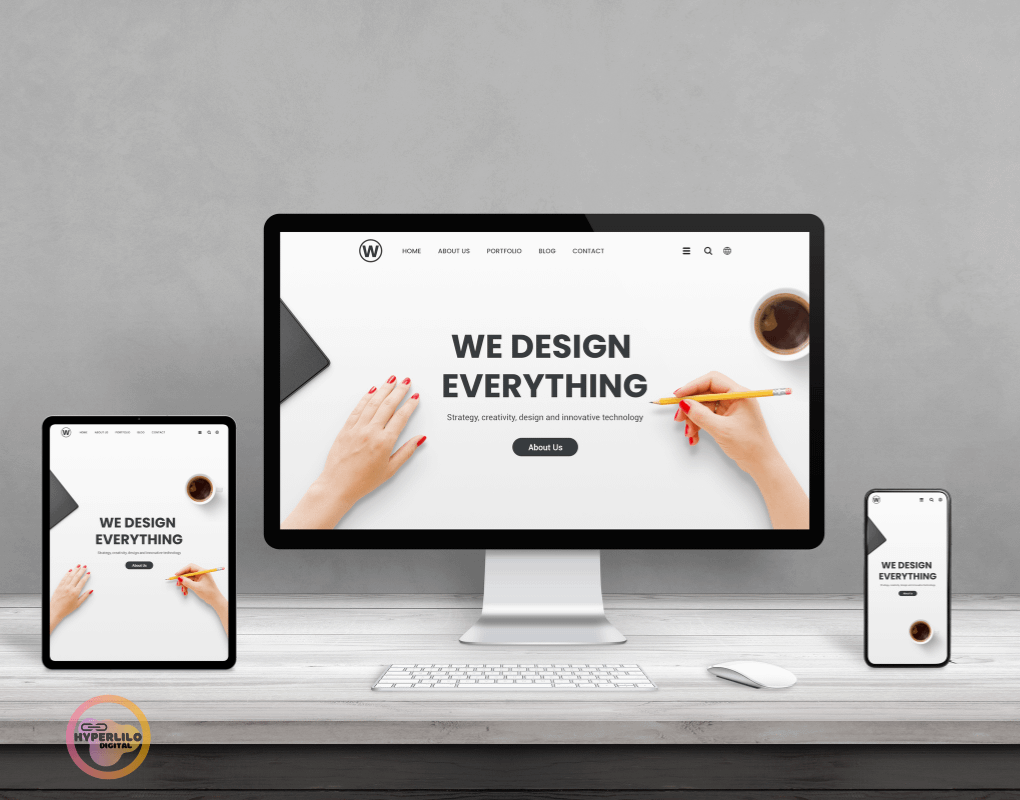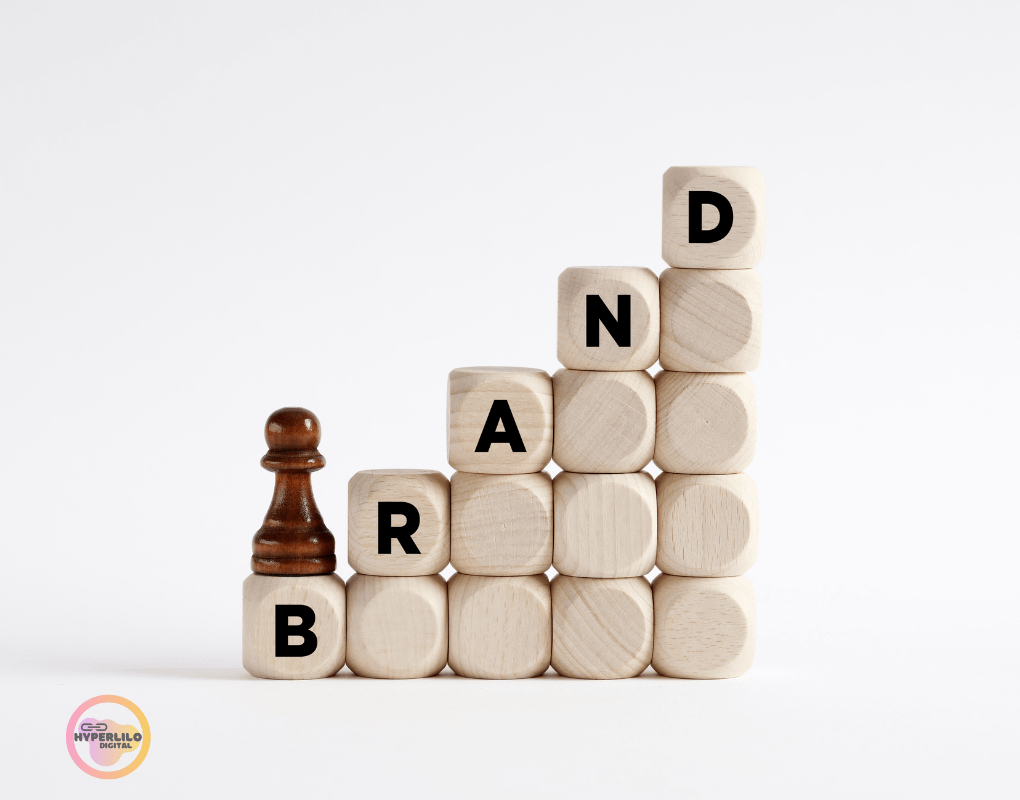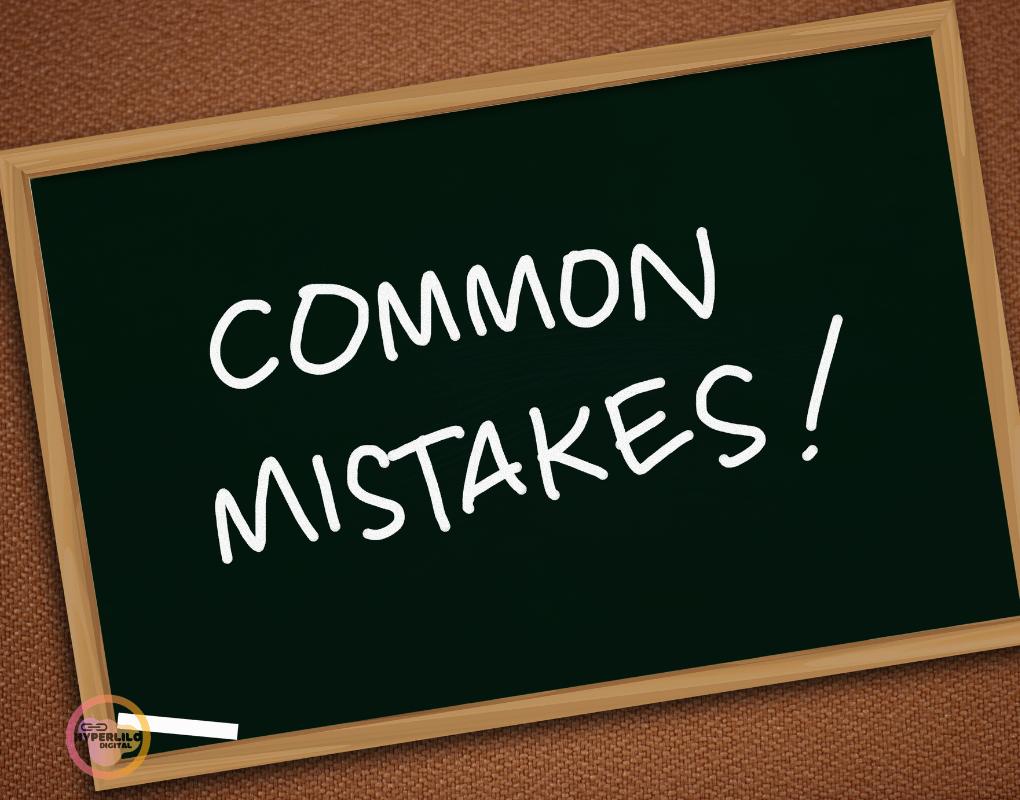A great website is more than just a collection of pages—it’s a digital storefront that welcomes visitors, tells a brand’s story, and builds trust. But what exactly goes into web design, and how does it shape a strong brand identity? This guide breaks it down in a simple, approachable way, making it easy to create a website that truly represents a business.
Table of Contents
- What Is Web Page Design?
- How Web Design Shapes Brand Identity
- Steps to Building a Strong Brand Identity
- The Role of SEO in Web Design
- Common Web Design Mistakes to Avoid
- Ready to Take Your Website to the Next Level?
What Is Web Page Design?

Web page design is all about creating a website that looks great and works smoothly. It covers everything from layout and colors to images and interactive features. A well-designed site should be:
- Easy to navigate – Visitors should find what they need without frustration.
- Visually appealing – Colors, fonts, and design should match the brand’s personality.
- Responsive – The site should look great on any device, from phones to desktops.
- Fast-loading – No one likes waiting for a slow page to load.
- User-friendly – Simple design choices should make the experience enjoyable for visitors.
- Accessible to all users – A good website should be inclusive, considering different needs such as screen readers or text size adjustments.
How Web Design Shapes Brand Identity

A website is often the first impression people get of a brand. A strong brand identity makes a business memorable and trustworthy. Web design helps achieve that by:
- Keeping branding consistent – Logos, colors, and fonts should be the same across all platforms.
- Delivering a clear message – Website content should reflect the brand’s voice and values.
- Creating a unique style – Custom graphics and layouts set a business apart.
- Building credibility – A professional, well-structured site earns trust.
- Evoking the right emotions – Colors and design elements should align with how the brand wants customers to feel.
Steps to Building a Strong Brand Identity
A strong brand identity goes beyond just having a great logo. Here’s how to establish an online presence that stands out:
1. Define the Brand’s Mission and Values
Every brand needs a purpose. To find it, ask these questions:
- What does the business stand for?
- What problems does it solve for customers?
- What emotions should it create?
2. Choose the Right Visual Elements
The look and feel of a brand should be consistent. Focus on:
- A recognizable logo – Simple and unique.
- A color palette that matches the brand’s personality – Bright and bold? Calm and professional?
- Easy-to-read fonts – Style matters, but readability comes first.
- High-quality images – Every picture should tell a story.
- White space for balance – Clean, uncluttered designs help the message stand out.
3. Design a User-Friendly Website
A website should make life easier for visitors. Here’s how to keep it simple and effective:
- Clear navigation – No one likes to dig through cluttered menus.
- Mobile optimization – The site should work seamlessly on all devices.
- Fast load times – Slow pages drive people away.
- Easy-to-find contact information – Customers should be able to reach out quickly.
- A strong call to action – Every page should guide visitors toward the next step, whether that’s making a purchase, booking a service, or signing up for updates.
4. Create Engaging Content
Great content keeps visitors coming back. That means:
- Writing in a way that’s easy to understand and enjoyable to read.
- Posting blogs that answer common questions or offer helpful tips.
- Using videos, images, and infographics to explain ideas quickly.
- Keeping content fresh and updated to show the brand is active and relevant.
- Sharing stories that connect with the audience on a personal level.
5. Build Trust With Social Proof
People trust businesses with positive reviews and real success stories. Adding testimonials, case studies, and social media highlights helps build credibility.
- Customer testimonials – Featuring real feedback from happy customers builds confidence.
- Case studies – Showing real-life success stories demonstrates expertise and results.
- Social media integration – Linking social platforms builds a stronger online presence and encourages engagement.
The Role of SEO in Web Design
Even the best website won’t help if no one can find it. Search engine optimization (SEO) makes sure a site shows up in search results. Simple ways to improve SEO include:
- Using relevant keywords like web design, what is web page design, and how to build a brand identity naturally in the content.
- Adding descriptions to images helps search engines understand them.
- Improving page speed for a better user experience.
- Linking to helpful pages within the site and from trusted sources.
- Writing meta descriptions and title tags that clearly describe each page.
Common Web Design Mistakes to Avoid

Building a great website takes time, and avoiding common pitfalls makes a big difference. Here are some mistakes to watch out for:
- Cluttered layouts – Too much information on one page can overwhelm visitors.
- Poor contrast – Text should stand out against the background for easy reading.
- Slow loading times – Large images and unnecessary animations can slow a site down.
- Lack of mobile optimization – A site should be easy to use on both desktop and mobile devices.
- Broken links – Every link should work properly to create a smooth user experience.
- Ignoring analytics – Tracking website performance helps identify areas for improvement.
A well-designed website isn’t just about looking good—it’s a key part of a strong brand identity. By focusing on clear messaging, user-friendly design, and smart SEO practices, a website can turn visitors into loyal customers. Whether starting fresh or updating an existing site, investing in high-quality web design is always a smart move.
Ready to Take Your Website to the Next Level?
Hypelilo Digital specializes in building stunning, easy-to-use websites that showcase a brand’s unique identity. Let’s create something amazing together—reach out today!
